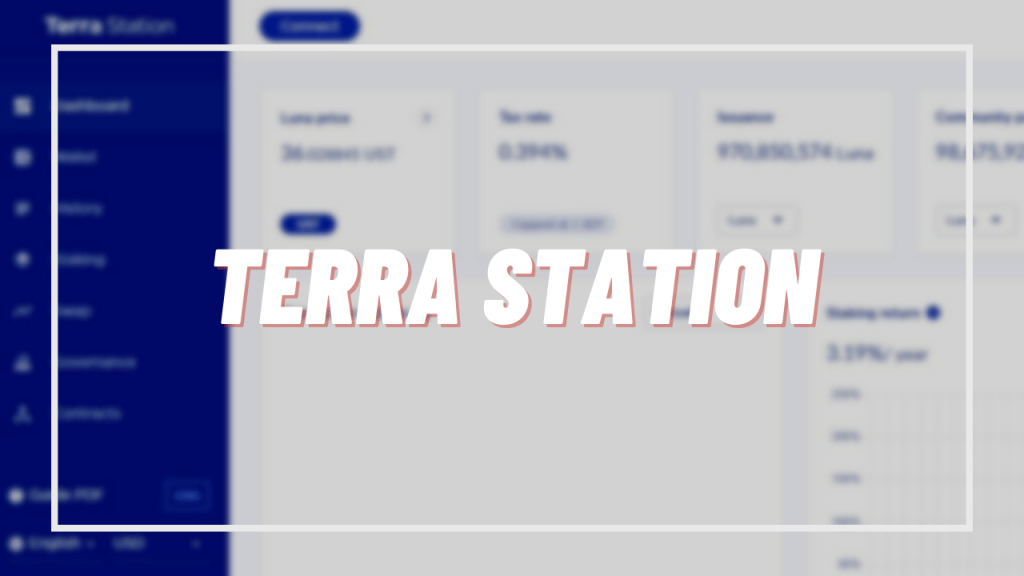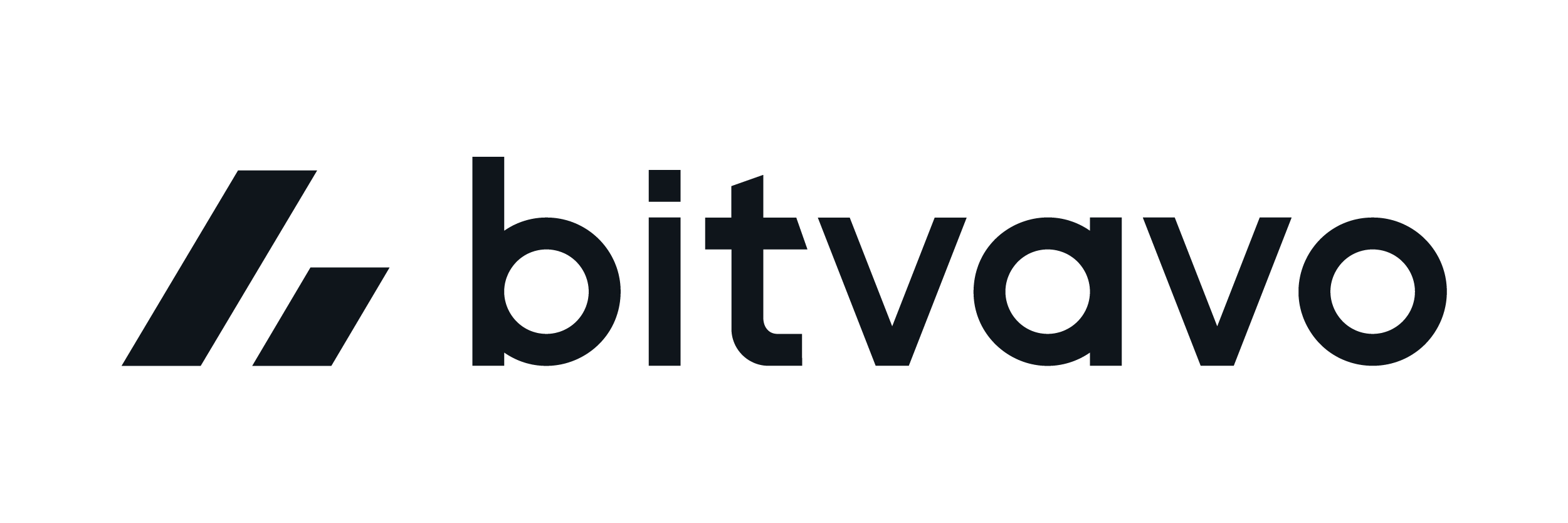Farming and staking has become increasingly popular in the DEFI space and in the cryptocurrency world thanks to the great opportunities and new platforms that have appeared in recent years.
These are two great ways to get a high annual return on your cryptocurrencies, or even stablecoins, cryptocurrencies with the value of the dollar if you are looking for something safer and with less risk.
Although you may think it is a scam or ponzi, due to the high % you can see sometimes, you have to understand how these annual % are achieved, to understand the operation and see that it is really possible, and that it is not a ponzi system or scam.
Platforms
There are a variety of platforms in DEFI that offer really good staking and farming options. While you can also do this on centralized exchanges, such as Binance, you can often find yourself limited, and find much better options in the DEFI space using a wallet.
If you want to know more in detail some of the DEFI platforms that are trending, and that you can use to generate a % with your cryptocurrencies, below, I leave you with the guides and tutorials that you can find on our page, and learn more in detail the operation of each platform, its risks and benefits.
APR vs APY
Before going into more detail, an important concept to differentiate is APR and APY. Usually you will see in the different platforms an annual %, and sometimes it refers to APR (annual percentage rate) or APY (annual percentage yield). The main difference is that APR is the annual profitability that you will receive if you do nothing more than place your cryptocurrencies, while APY is the profitability that you would get by reinvesting what you generate every few hours or days back.
As you usually receive the rewards every few hours, you can reinvest them to generate a higher annual %, and there are already several platforms that do it automatically for you, so you don’t have to do it every day. Some of these platforms are beefy finance, autofarm, pancakeswap among many others. So always before placing your cryptocurrencies in staking or farming, see if APR or APY appears, and if the platform itself does auto compounding of what you generate, to maximize your profit.
Farming vs Staking
Farming is when you contribute liquidity to a protocol in exchange for an annual percentage. This protocol generates commissions when used, as it could be a decentralized Exchange when you make a transaction, and these commissions, a part goes to the person who provides liquidity. This is where the annual % you receive comes from. The more people contributing liquidity, the annual % will go down, or if there are more transactions of that pair that you have contributed liquidity, the annual % will go up.
Farming is usually done with what is known as LP Token, which are two cryptocurrencies together, in a 50-50 ratio. Once you have created the LP Token, you place it on the platform and you will start to generate an annual %, where you will receive rewards from the moment you place your LP. An example of an LP Token would be if you place $100 in BTC and $100 in USDT. Although there are LP tokens with a different proportion, the most common is to contribute 50% of each cryptocurrency. Usually the higher the risk, in more volatile cryptocurrencies the annual % is higher, in addition to the risk of impermament loss, which we will see later.
Staking refers to a single cryptocurrency of a protocol that you delegate to a validator, in exchange for an annual percentage. Staking comes from the proof of stake mechanism that uses validators to validate blockchain blocks in exchange for rewards. You can delegate your cryptocurrencies to a validator in exchange for a % that the validator will receive and you will receive an annual %. This already depends on each protocol the annual % it assigns, and this also has to be taken into account that it creates more tokens each time. So it has its risk, in addition to price volatility.
You can find other platforms where you can staking and receive rewards from the platform or staking in borrowing & Lending platforms, but the rewards in this type of platforms appear in other ways. Either because the platform gives you its token, instead of more tokens of the cryptocurrency you have staked, or in borrowing & Lending the annual % paid by the person who borrows by subtracting a % that the platform takes, in page like Aave or Curve.
Impermament loss
If you have never heard of this concept or you do not understand it well and you want to start in the world of farming, I recommend you to inform yourself to know all the risks before launching yourself and get surprises.
The impermament loss is the possible loss of creating the LP Token instead of keeping the token. This loss usually occurs when the proportion of tokens in the liquidity pool becomes uneven. However, the impermanent loss is not realized until the tokens are removed from the liquidity pool.
When a cryptocurrency rises in price on an LP Token, automatically the LP Token is automatically rebalanced to sell from the cryptocurrency that has risen and buy from the other, to balance the LP Token and always have the same proportion. This, generates the impermament loss that causes a loss by creating the LP Token instead of just holding the token.
The best is to see it with numbers, and if you want to do your calculations here is a calculator.
Price of ETH: $1,000
ETH price in the future: 2.000$.
LP Token: (1.000$) 0.5 ETH – 1.000$ USDT (Total Value= 1.500$)
LP Token (in the future): (2.000$) 0.35 ETH – 707.11$ USDT (Total Value= 1414.21$)
As you can see, although the price of ethereum has risen, the impermanent loss is 5.72% for creating the LP Token, instead of having 0.5 ETH and $500 in USDT. For this, they receive an annual % for the risk they are exposed to by providing liquidity. The assets with more volatility, the impermament loss is higher, therefore, you will usually see LP Tokens with stablecoins such as USDT, USDC, BUSD, UST among others with lower annual % than pairs of two more volatile cryptocurrencies.
With this in mind, you can start farming knowing the main risks you are exposed to.
Commissions
Commissions if you are going to use DEFI platforms is something important to consider. Although using the binance Smart chain, you don’t have to worry, if you want to use the ethereum network, or a network with high commissions, I recommend you to take into account the commissions before you start farming or staking on that network.
Usually you will have to pay commissions for the following: create the LP Token when farming, approve the cryptocurrency, swap the cryptocurrency into LP, approve the LP Token before depositing, deposit the LP Token and finally withdraw the LP Token and the rewards, or just withdraw the rewards.
As you can see, there are several steps, and this in the binance Smart chain or other network like polygon does not have much importance, due to their low commissions. But in the case of etheruem with commissions of 20$ or more, or arbitrum as layer-2 of ethereum with commissions of 1-5$, they are significant.
Therefore, I recommend you always avoid networks with high commissions, if you do not go with a large capital. An amount less than $10,000-15,000 in the etheruem network, it makes no sense to do farming or staking, because of the high commissions you would be paying to then see a return if you take into account these commissions you have paid.
Security and Risks
If you are going to use DEFI platforms, it is important to know the risks and security aspects to avoid placing your funds in bad platforms and losing them.
It is important to understand that when you place funds on a platform, it depends on what this platform wants to do, and therefore, when you start, look for reliable platforms with a lot of liquidity in their protocol. This can be seen in the TVL or total locked value, where the higher the platform is usually the safer it is.
You can also look at the audits of the platform, although this sometimes does not mean that they cannot disappear with your funds. It is also interesting to see the big companies or institutions behind the protocols, to add more security and to be able to trust that platform because there are big names behind it.
In the DEFI world we can find more and more platforms, some very similar to others, and others that innovate and bring a new product to the market. One of the best ways to learn about DEFI and farming and staking is to know the different platforms that are currently on the market. Therefore, here are some guides that we have made of the most popular DEFI platforms that we have not mentioned before, and that can be very useful to learn and understand how each one of them works.






























